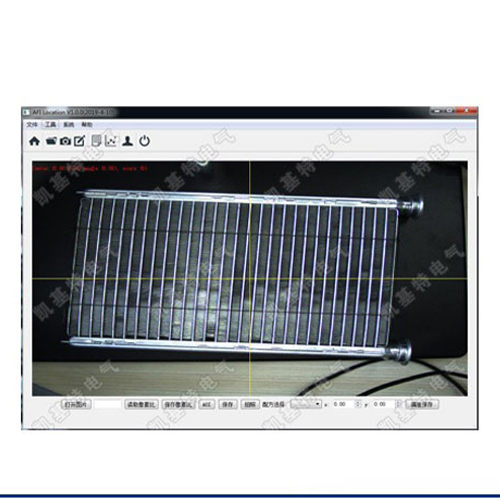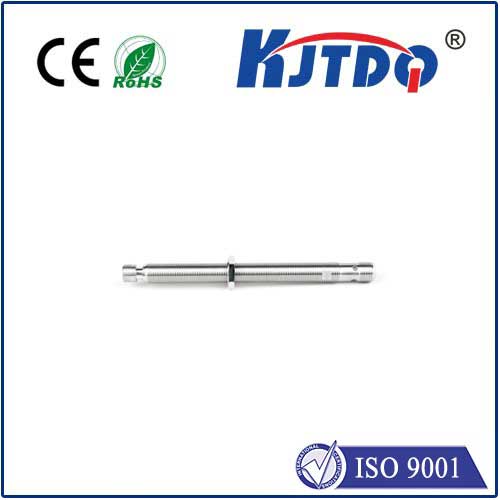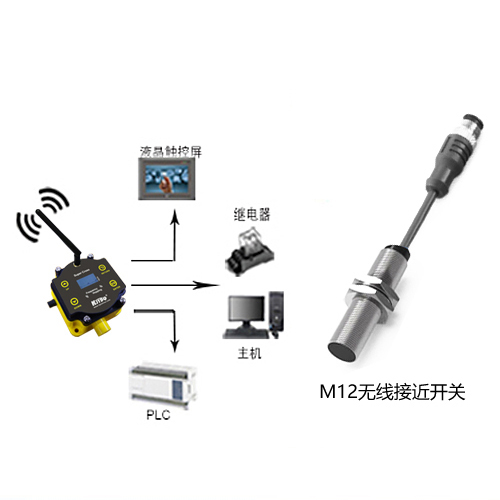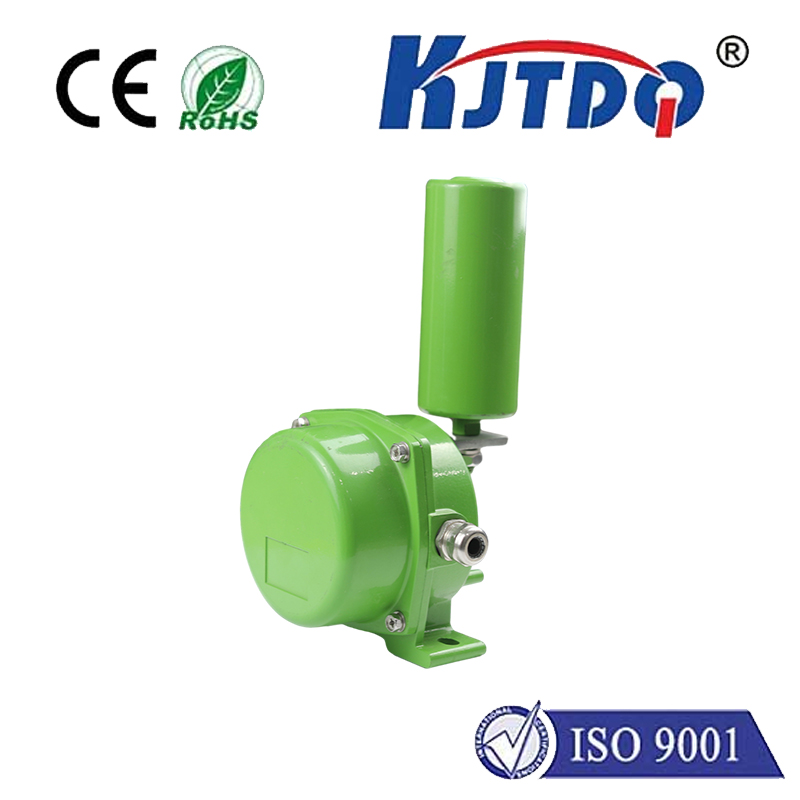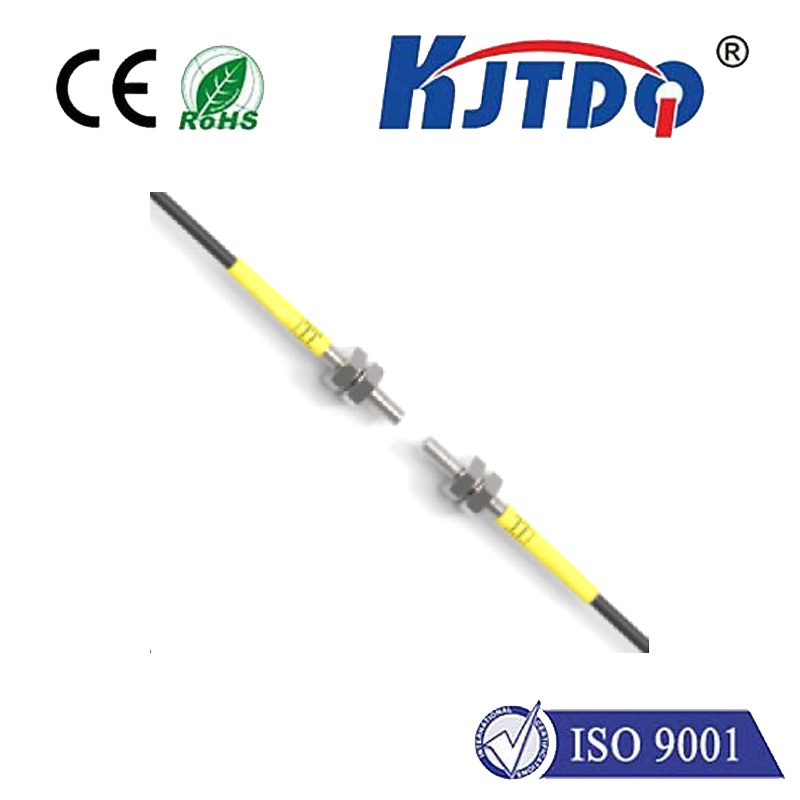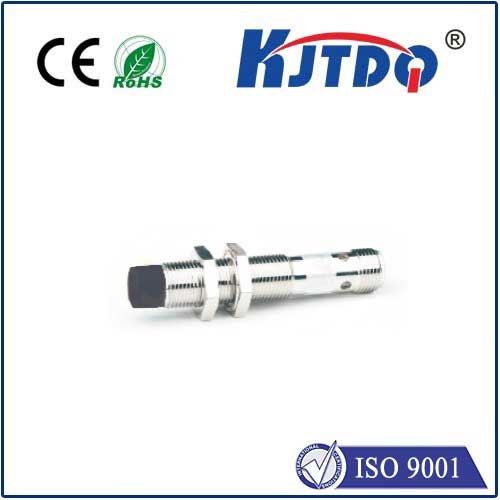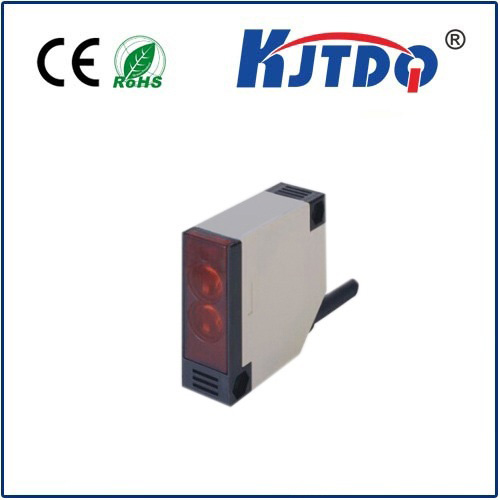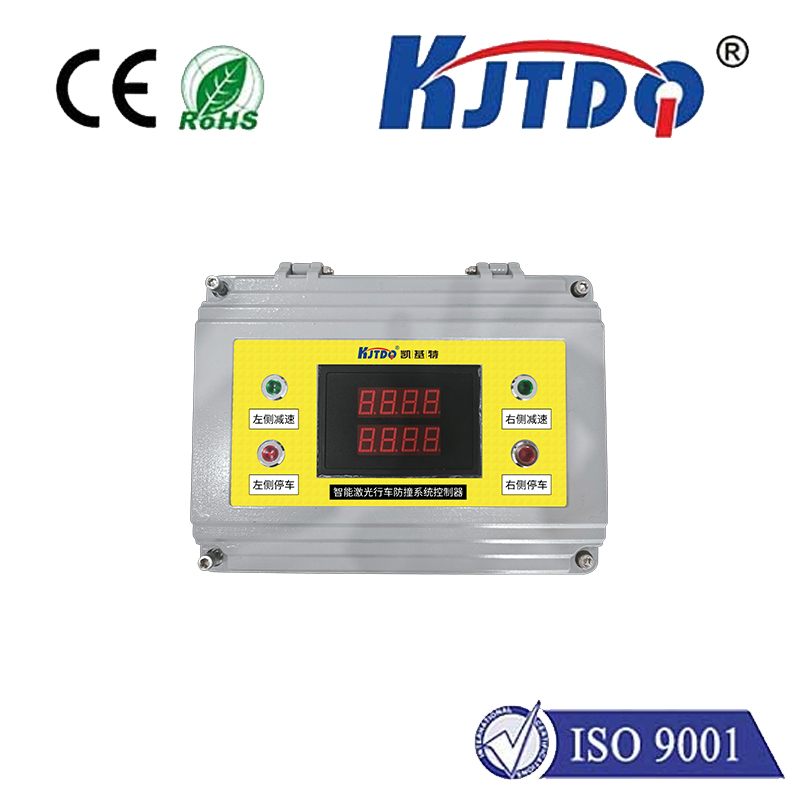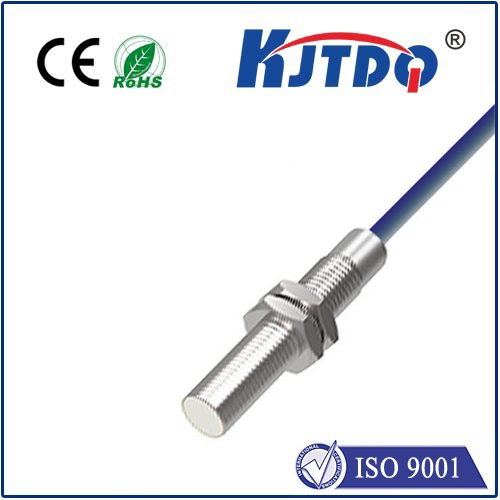

check

check

check

check
Imagine a world where machines operate blind. Production lines jam, safety doors stay vulnerable, and quality control becomes guesswork. Thankfully, the unseen eyes of optical photoelectric sensors prevent this chaos, silently enabling the automation and precision we rely on daily. From monitoring high-speed packaging lines to ensuring elevator doors don’t close on passengers, these versatile devices are fundamental components in countless industrial, commercial, and consumer applications. Their ability to detect objects without physical contact makes them indispensable for efficiency, safety, and reliability.
What Exactly is an Optical Photoelectric Sensor?
At its core, an optical photoelectric sensor (often just called a “photoelectric sensor” or “photo eye”) is a device that uses light to detect the presence, absence, distance, or characteristics of an object. Its operation hinges on a simple principle: an emitter sends out a beam of light (visible, infrared, or laser), and a receiver detects changes in that light beam caused by an object interrupting or reflecting it. This fundamental interaction is transformed into an electrical signal that provides actionable information to control systems.
The Core Operating Principle: Light Interruption is Key
The magic lies in the disruption. When the target object interferes with the light path, the sensor registers this change. The nature of the disruption varies based on the sensor type, but the underlying concept remains consistent: detect the alteration in light intensity or beam reception to determine the object’s status. This non-contact detection is a massive advantage, preventing sensor wear, minimizing maintenance, and enabling detection of delicate or moving objects otherwise impossible to sense physically.
Exploring the Main Types of Optical Photoelectric Sensors
Not all detection scenarios are the same. To handle diverse industrial needs, engineers have developed several specialized types:

Through-Beam Sensors (Opposed Mode): These feature separate emitter and receiver units placed directly opposite each other. The emitter sends a continuous beam to the receiver. Detection occurs when an object physically blocks this beam. This type offers the longest sensing ranges and highest reliability, ideal for precise positioning or detecting small objects like wires. However, installation requires wiring and alignment on both sides.
Retro-Reflective Sensors: This design combines the emitter and receiver into a single housing. A specially designed reflector is placed opposite the sensor, bouncing the emitted light beam back to the receiver. Detection happens when an object interrupts the beam path between the sensor and the reflector, preventing the beam from returning. This offers a good compromise between sensing range and ease of installation, as only one device needs wiring, simplifying setup compared to through-beam. They are widely used for object presence detection on conveyors and access control.
Diffuse Reflective Sensors: Also combining the emitter and receiver in one unit, diffuse sensors rely on the target object itself to reflect the emitted light back to the receiver. Detection occurs when enough light reflected off the target reaches the receiver. The simplest to install as only one device is needed and no separate reflector is required, making them popular for proximity sensing. However, their sensing range is typically shorter than the other types. Reliability can also be affected by the object’s color, surface texture, and reflectivity. Advanced Background Suppression (BGS) or Foreground Suppression (FGS) technologies significantly enhance performance by focusing detection within a specific distance window, ignoring background objects or variations in object color/reflectivity.
Where Do Optical Photoelectric Sensors Shine? (Applications)
The versatility of photoelectric sensing leads to a vast array of uses:
Choosing the Right Optical Sensor: Key Selection Factors
Selecting the optimal sensor for a task involves careful consideration:
Advantages Driving Adoption: Why They’re Everywhere
Several compelling benefits ensure the continued dominance of optical photoelectric sensors:
Challenges and Important Considerations
While powerful, they are not without limitations:
Modern Advancements: Smarter Sensing
The world of optical photoelectric sensors continues to evolve:
